Integrating MuleSoft and MongoDB To Unleash Data Potential

Introduction:
In the ever-evolving landscape of data integration, the synergy between MuleSoft and MongoDB has become a pivotal force, propelling organizations toward efficient and scalable solutions. This blog serves as your comprehensive guide, navigating the intricate process of configuring MongoDB with MuleSoft. As we delve into the intricacies of this integration, we uncover the power of seamless data flow, unlocking new possibilities for businesses to harness the full potential of their information resources.
Join us on this journey as we demystify the configuration steps, empowering you to establish a robust connection between MuleSoft and MongoDB thereby elevating your data integration capabilities to new heights.
Here are eight key features and services that MuleSoft- MongoDB integration brings to the table:
- Effortless Connectivity: MuleSoft-MongoDB integration streamlines data connectivity, providing a seamless bridge between applications and MongoDB databases. This ensures efficient communication and enables the smooth flow of information across your ecosystem.
- Data Synchronization: Experience real-time data synchronization as MuleSoft orchestrates communication between your applications and MongoDB databases. This feature ensures that your data is always up to date, fostering consistency and reliability.
- Flexibility with Any-to-Any Connectivity: MuleSoft's versatility allows for flexible connectivity patterns, supporting a wide array of data formats and structures. This ensures compatibility with diverse data sources and destinations, offering a truly adaptable integration solution.
- Scalability and Performance Optimization: With MuleSoft's robust architecture and MongoDB's scalability, this integration solution is designed to handle growing data volumes effortlessly. Experience optimized performance, allowing your system to scale horizontally as your business expands.
- Data Transformation and Enrichment: MuleSoft empowers you to transform and enrich data during the integration process. This capability ensures that the data exchanged between MuleSoft and MongoDB is not only synchronized but also refined to meet specific business requirements.
- Security and Compliance: The integration adheres to stringent security measures, ensuring that data transmission between MuleSoft and MongoDB is secure and compliant with industry standards. This feature is crucial for safeguarding sensitive information and maintaining regulatory compliance.
- Error Handling and Logging: Benefit from MuleSoft's comprehensive error handling mechanisms, which facilitate the identification and resolution of issues during the integration process. Detailed logging capabilities provide insights into the system's performance, aiding in troubleshooting and optimization.
- Rapid Development and Deployment: MuleSoft's intuitive design and visual development environment accelerate the development and deployment of integration flows. This agility is especially valuable, allowing organizations to adapt quickly to changing business needs and deploy solutions with reduced time-to-market.
In the realm of data integration, the MuleSoft-MongoDB integration offers a powerful suite of features and services, providing organizations with the tools they need to achieve a seamless, scalable, and secure data ecosystem.
Here are some potential use cases for integrating MongoDB with MuleSoft:
- E-commerce Order Fulfilment Optimization
- CRM System Enhancement
- IoT Data Processing and Analysis
- Healthcare Information Systems Integration
- Financial Services Data Integration
- Supply Chain Visibility Enhancement
- Human Resources Information System (HRIS) Integration
- Social Media Analytics
Integrating MongoDB Using MuleSoft:
MongoDB Account Creation:
Step1: To create a MongoDB account, begin by registering at https://www.mongodb.com/try/download/community. Click on select package
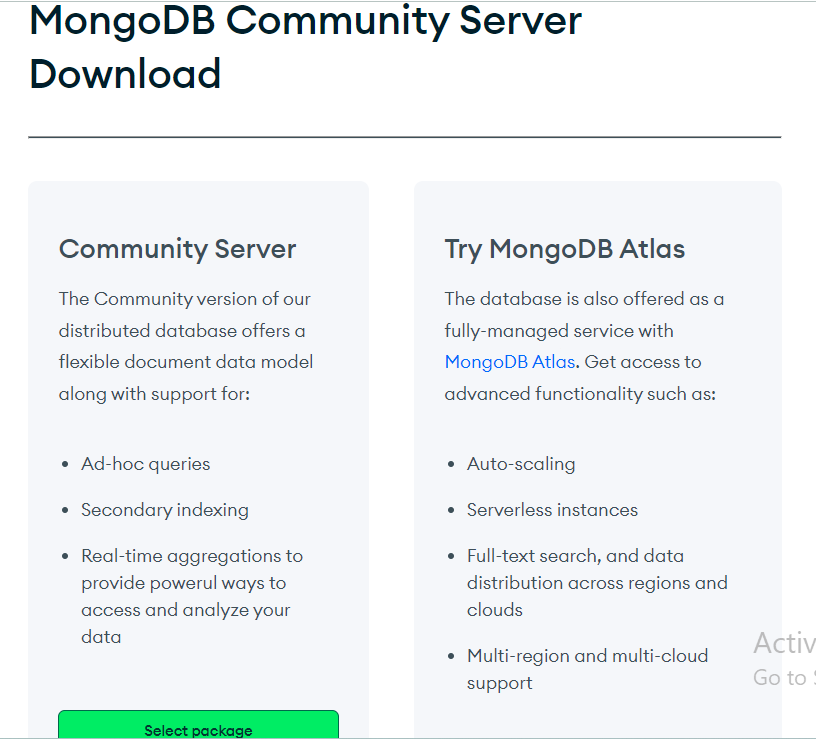
Step:2 click on download
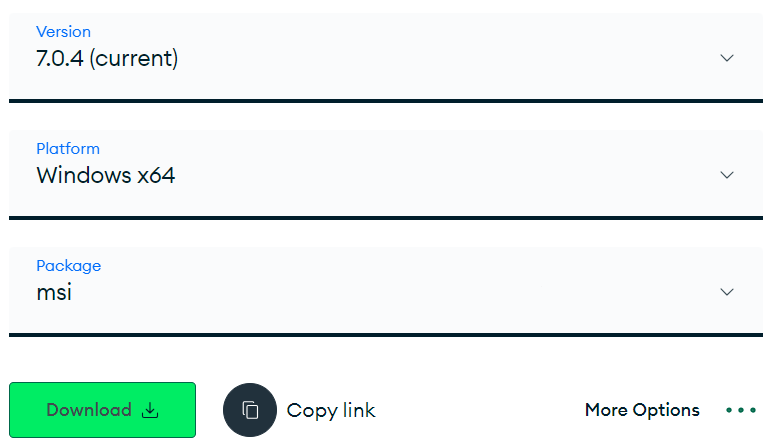
Step: 3 click on Next
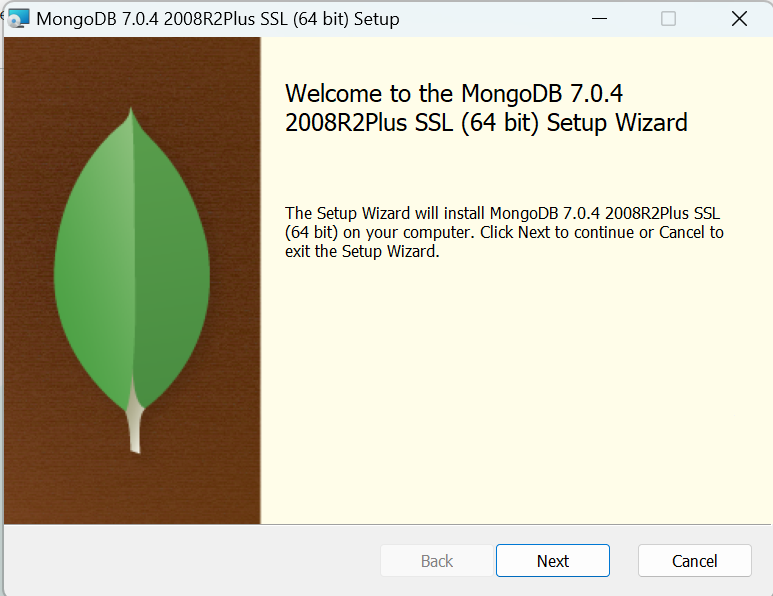
Step: 4 Accept the terms and conditions and click on next
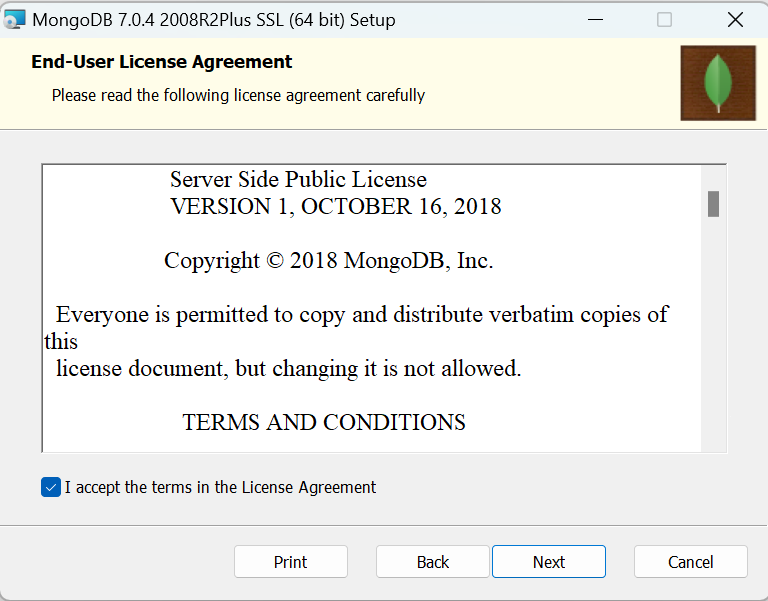
Step: 5 choose on setup type and click on complete
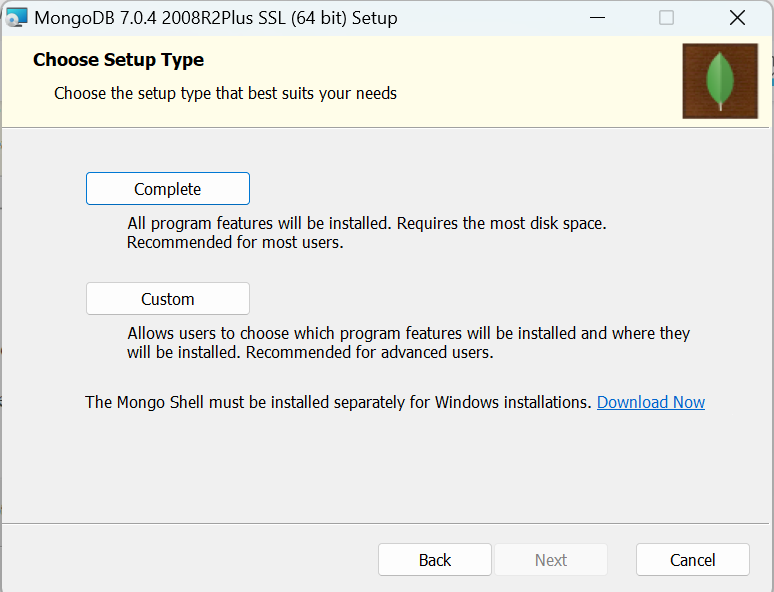
Step: 6 Browse the location on click on next and click on install
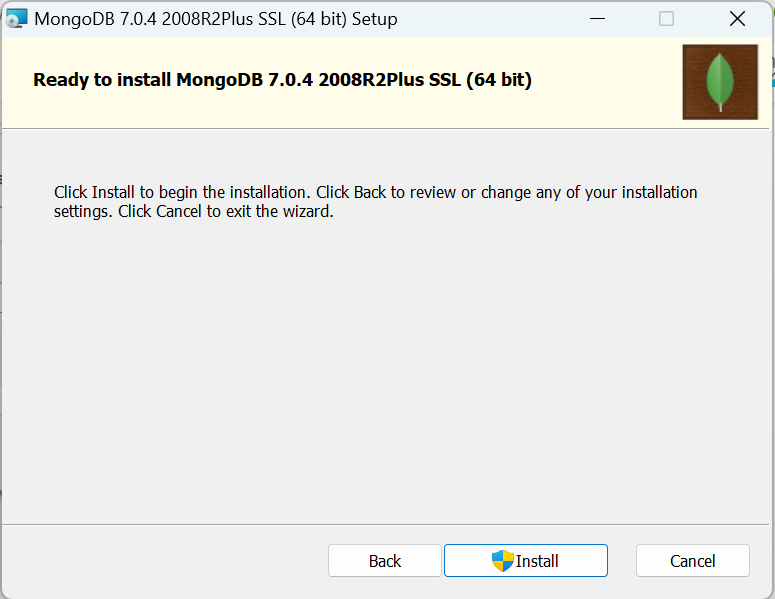
Step: 7 And installation will be started
Step: 8 click on connect
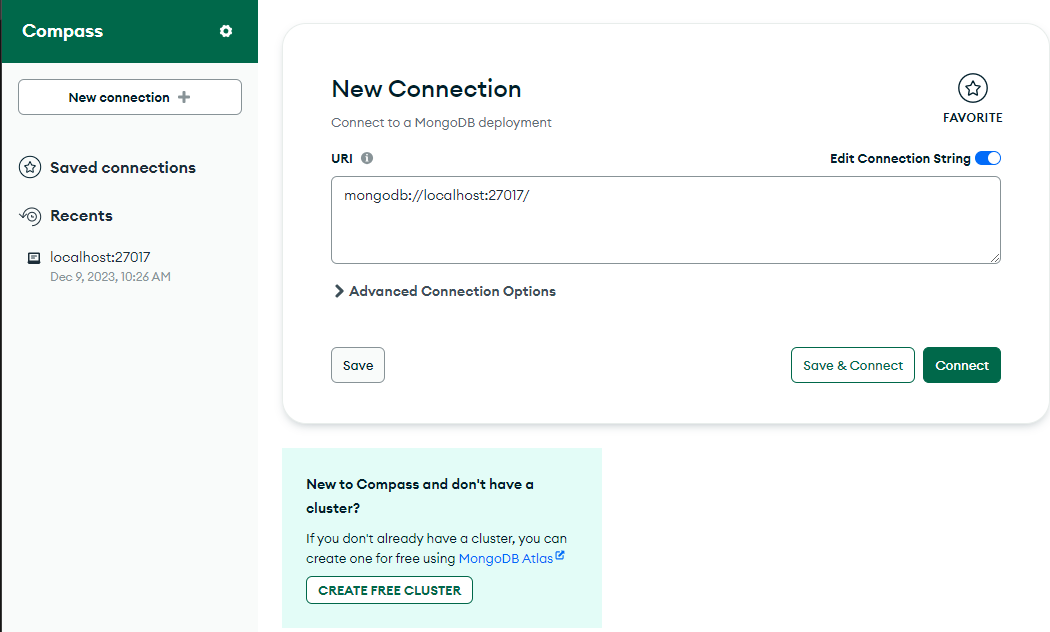
Step: 9 By clicking on plus symbol can create new database
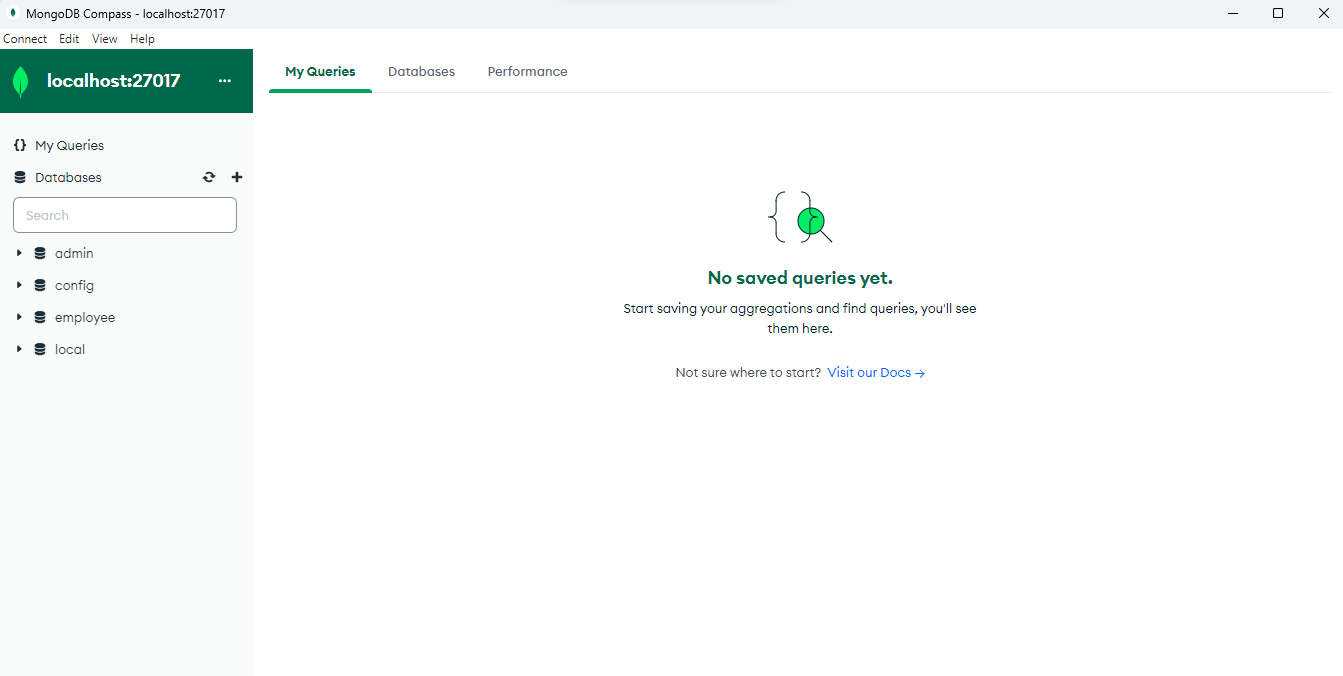
Create Mule Projects: Create a mule project in Anypoint studio.
Add MongoDB Connector: Within the Mule Palette, use the search function in the exchange to look for the MongoDB connector. Once found, add the MongoDB connector to your project. Alternatively, you have the option to directly include the MongoDB connector dependency in the pom.xml file of your project.
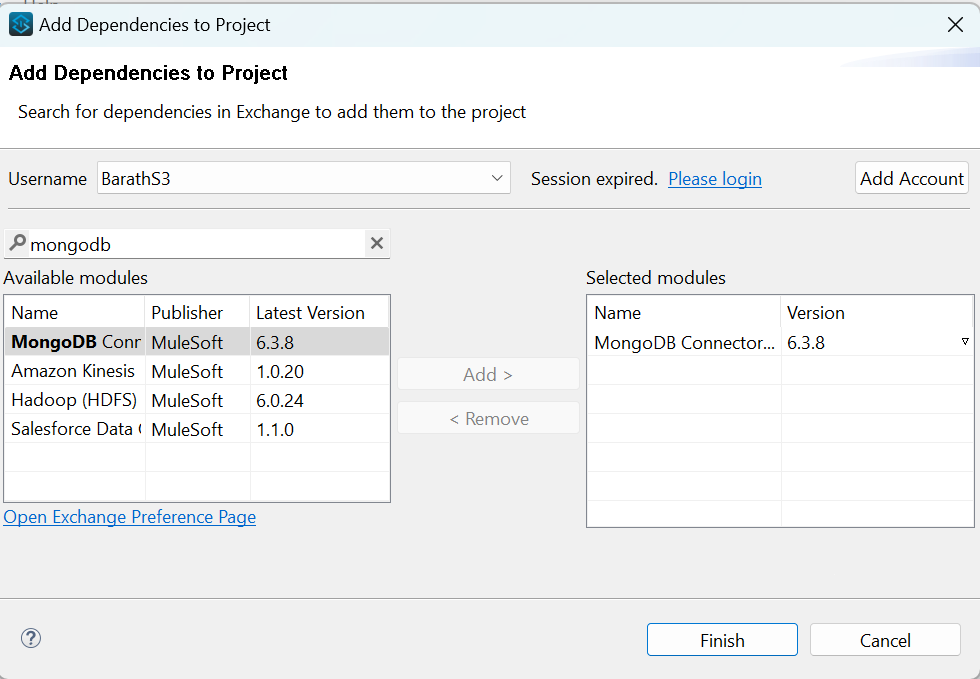
Configure the MongoDB Connector: After adding the MongoDB Connector, configure it by creating a global configuration that includes your MongoDB credentials and connection details. To set this up, access your MuleSoft project, select "Manage Global Elements," and proceed to create a new configuration specific to the MongoDB Connector. By using host and database
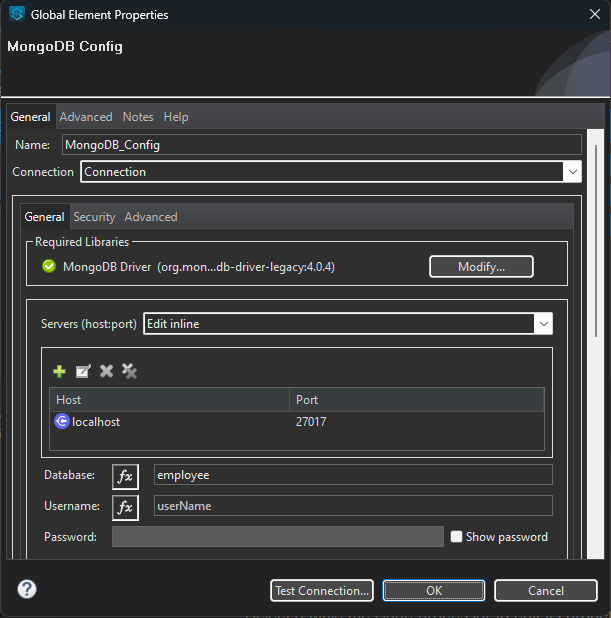
Click on Test connection:
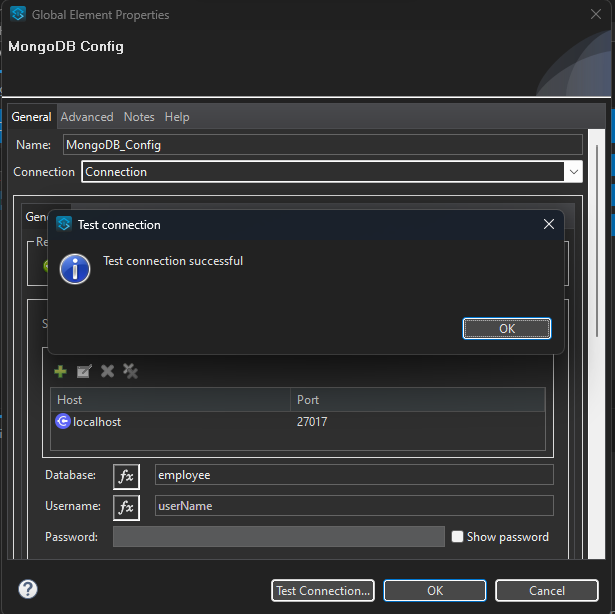
Use the MongoDB Connector in Mule Flows:
Create Collection
set up an HTTP listener to create a collection from MongoDB and let’s create a collection called company in the employee database.
To create a collection, simply drag and drop the create collection operation and configure as shown below:
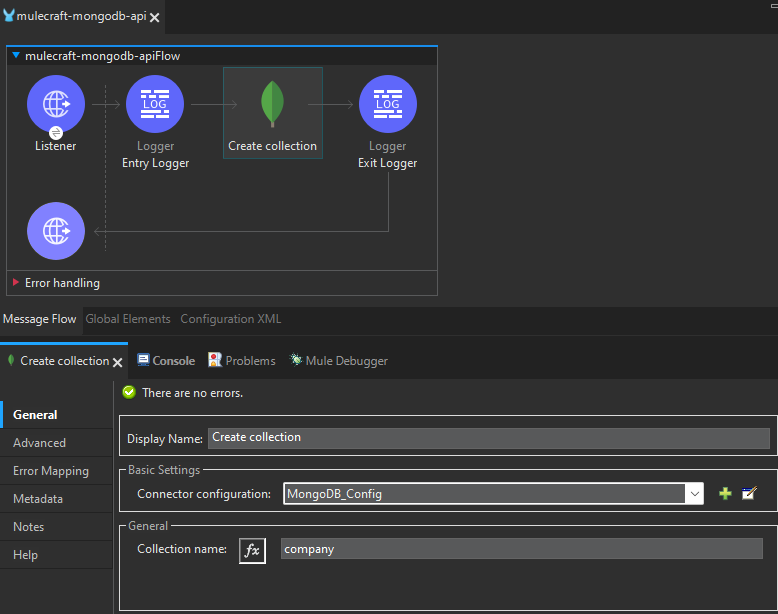
And now check in MongoDB that collection has created

Insert Document:
Once you have created the collection, insert a document into it.
To insert documents, drag and drop the insert document and configure as shown below:
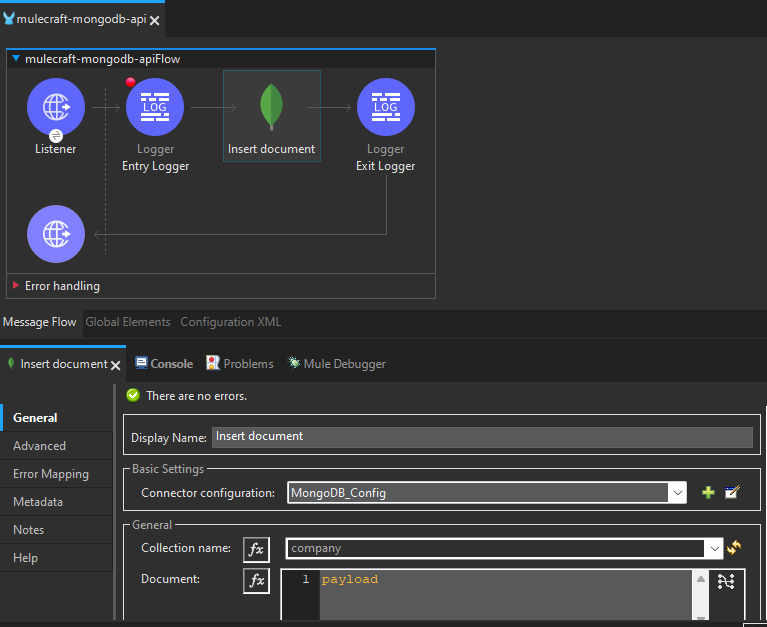
Now check in MongoDB that document has been created

List Collections:
To list collections, drag and drop the List Collections and configure as shown below:
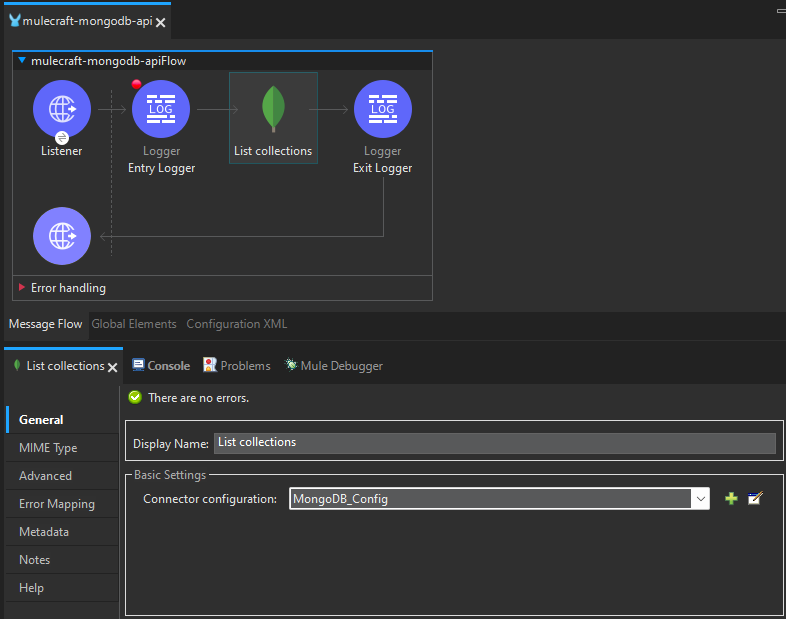
And it will provide collections available

Collection exists:
To list collections, drag and drop the Collection exists and configure as shown below:
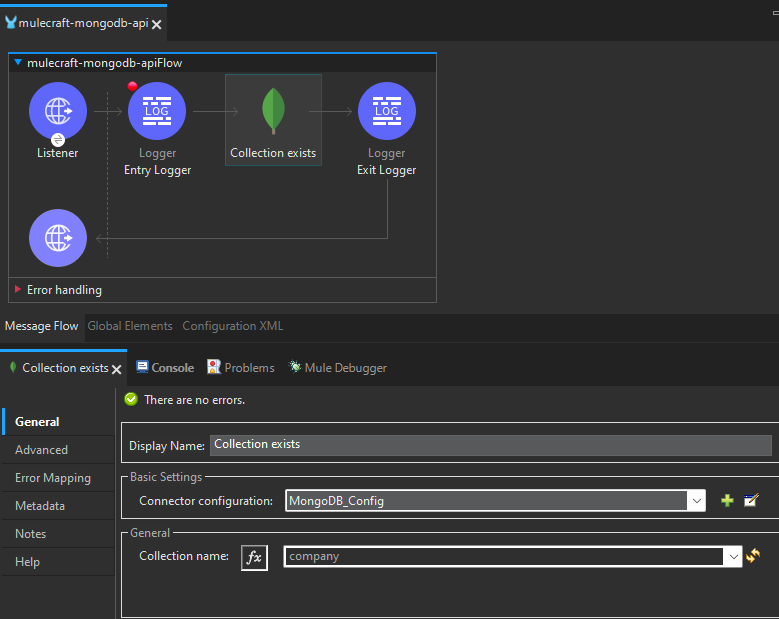
If the collection exists, it will provide the Boolean value.

Drop Collection:
To drop collection, drag and drop the Drop Collection and configure as shown below.
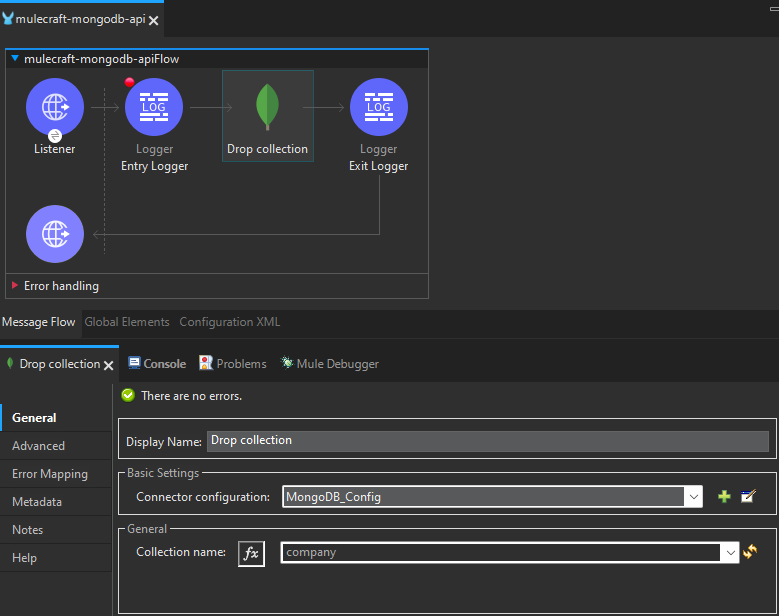
And the collection will be dropped by using this Drop connector
Conclusion:
In conclusion, the integration of MongoDB with MuleSoft empowers businesses across industries. From streamlining e-commerce operations to optimizing healthcare systems, this synergy ensures seamless connectivity and real-time data synchronization. MuleSoft's agility, coupled with MongoDB's scalability, creates a robust foundation for enhanced decision-making and customer experiences. As organizations navigate an evolving landscape, this integration stands as a strategic asset, promoting efficiency, collaboration, and data-driven insights. It's a transformative solution propelling enterprises toward a future of interconnected systems and unparalleled adaptability.
